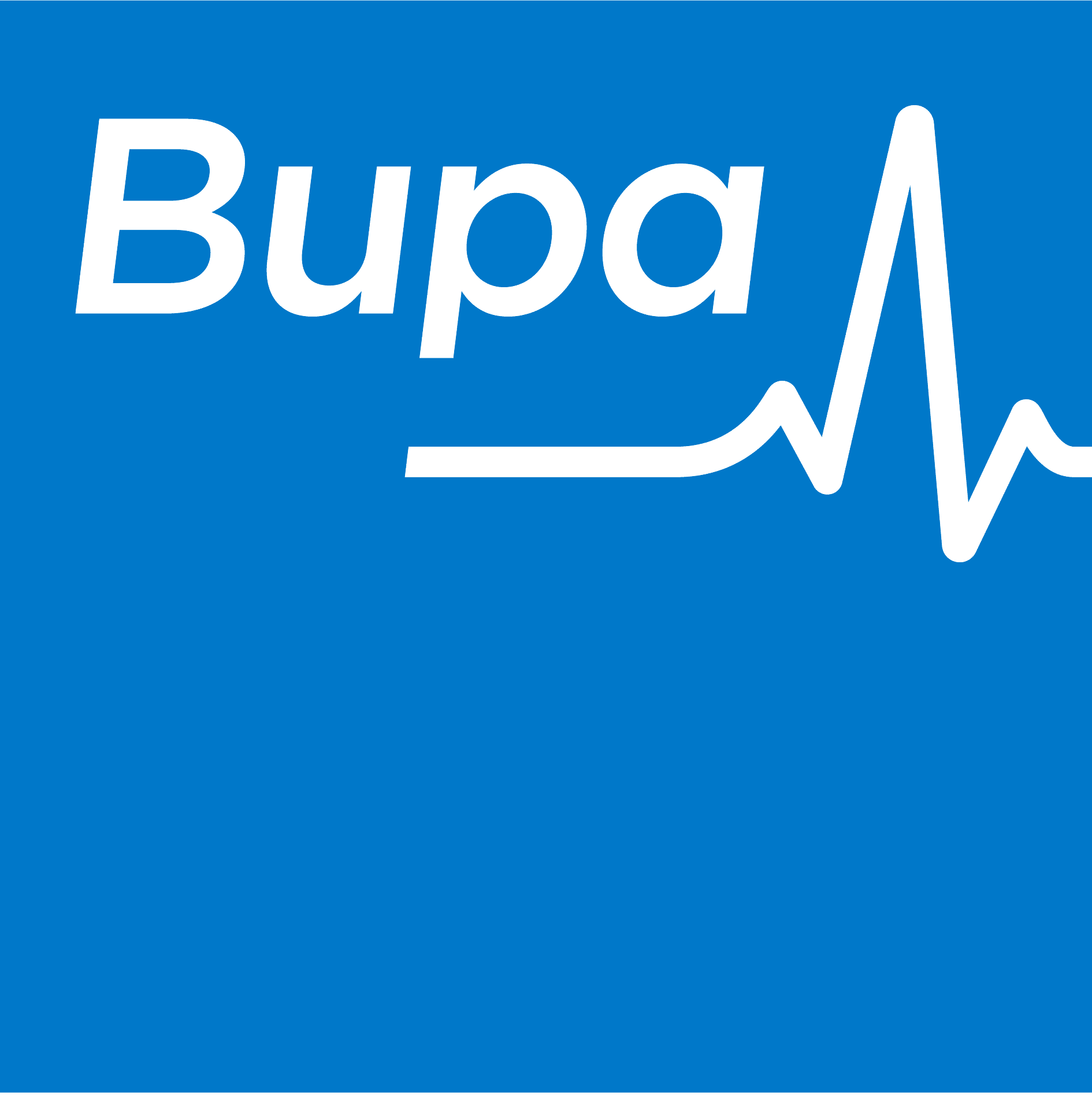Health insurance providers you can compare with us



We’ve partnered with Compare Club to bring you a range of health insurance policies to compare side by side.
The cost of new glasses and contact lenses can add up to thousands of dollars over a lifetime, which is why many Australians choose to have private health insurance which covers optical expenses. However, the amount you can claim back on your optical allowance varies dramatically between health insurance policies, which is why it’s important to consider your options to help you find the best cover for your personal situation.
You can compare a range of health insurance policies which provide optical cover through Savvy. Consider instant online quotes from a panel of trusted Australian providers to help make your choice of health insurance policy simpler. Get the optical health cover comparison process started through us today.
What is optical health insurance and what does it cover?
Health insurance including optical cover will help with the cost of buying glasses and contact lenses to aid your vision. It's provided by extras health cover, a form of health insurance that can cover out-of-hospital treatments and services which generally aren’t covered by Medicare.
The optical cover included in your extras insurance will usually cover some, or all, of the following costs:
- the cost of prescription lenses for glasses
- the cost of certain frames for glasses
- the cost of prescription contact lenses
The amount you can claim back on the cost of your optical treatment will depend on the extras cover you buy. The higher the level you choose to have, the fewer out-of-pocket expenses you’ll likely have to pay. In some cases, some of the best health insurance policies for optical cover will provide you with up to 100% of the cost of getting prescription glasses or contact lenses. However, with cheaper policies, you may only be able to claim back 50% to 60% of your costs.
What isn’t covered by optical cover on an extras policy?
Some of the things which won’t be routinely covered by your extras health cover for optical services include:
- eye tests, which are covered by Medicare
- laser eye surgery
- non-prescription sunglasses
- cases, straps or bags for your glasses or lenses
- the cost of optical products associated with contact lenses, such as rewetting drops, cleaning fluids, rinsing fluids and cleansers
How do I compare health insurance policies with optical cover?
Unlike hospital cover policies, the cover provided with an extras health policy isn’t mandated by Australian Government private health insurance legislation. This means the benefits offered by different extras policies varies from provider to provider. Some of the aspects to consider when comparing quotes for health insurance with optical cover include:
- Inclusion and exclusions – make sure you understand exactly what cover you’re buying and what the inclusions and exclusions are. Some of the best policies will offer you no-cost optical services at selected private practices affiliated with the health fund.
- Benefit cover – look at what the policy offers to cover in terms of benefit limits. Some policies have a dollar amount you can spend on each category of treatment, while others will pay a percentage of the cost, such as 60% to 85% of the cost of treatment. Some have both.
- Category limits – many extras policies have limits for the amount you can claim back in each category of treatment. For example, you may have $300 to spend on optical, $500 to spend on major dental and $250 to spend on physio treatment in one calendar year. The higher these limits are, the more the extras policy may cost.
- Annual benefit limits – some policies provide an annual benefit limit, which is the total amount that can be paid out on that policy per year. Comparing these benefit limits will help you decide the level of cover which is suitable for you
- Cost – it’s natural to want the cheapest health insurance policy possible, but the cheapest policy may not always offer you the cover you’re after, which is why it pays to compare policies carefully through Savvy
- Waiting periods – most insurance companies impose waiting periods between when you buy your policy and when you’re able to make your first claim. For optical cover, these waiting periods usually range from two to six months, but it’s important to compare between insurers before signing on the dotted line.
- Policy reset date – it's well worth comparing what the reset date is for the health provider you’re considering, as this may influence your choice between funds if you’re thinking of switching. Some health funds reset their payment clock on January 1, and some on July 1.
How much will it cost to get health insurance which offers optical cover?
The cost of your optical cover will depend on the level of cover you wish to buy, ranging from a low-cost option which will offer the lowest benefits to the most comprehensive extras cover. All the examples below are based on a single person earning under $90,000 per year and living in NSW, with prices per month accurate as of March 2023:
Lowest-cost extras cover
As an example of price, all the following health funds offer a basic extras policy which includes optical, general dental, physiotherapy and chiropractic services. They include cover for optical benefits ranging from $100 to $160 a year.
- HCF Starter Extras (with Optical) – $16.96 per month
- HBF Basic Extras – $17.60
- BUPA Starter Extras – $23.33
Medium-priced extras policies
In addition to optical cover, these medium-priced policies may also include general and major dental, physiotherapy, chiropractic, and in some cases acupuncture and ambulance cover too. Two of the policies have an optical limit of $200, and the other a limit of $150.
- HCF Mid Extras – $32.68
- HBF Flex 50 – $31.51
- BUPA Freedom 60 – $32.27
Top extras cover
These policies offer the highest-level extras cover with maximum benefits across a wide range of services and treatments. Optical cover limits for these policies range from $275 to $300 per year.
- HCF Top Extras – $79.54
- HBF Top 70 – $92.77
- BUPA Top Extras – $95.26
Types of health insurance
Why compare health insurance policies through Savvy?
100% free service
There's no need for you to pay a cent to compare a variety of competitive policies side-by-side in one place.
Compare policies online
You can consider the inclusions, premiums, benefits and other key factors easily online, whether you're at home or on the go.
Trusted partners
We're partnered with Compare Club to help our customers lock in the best deal tailored to their needs.








